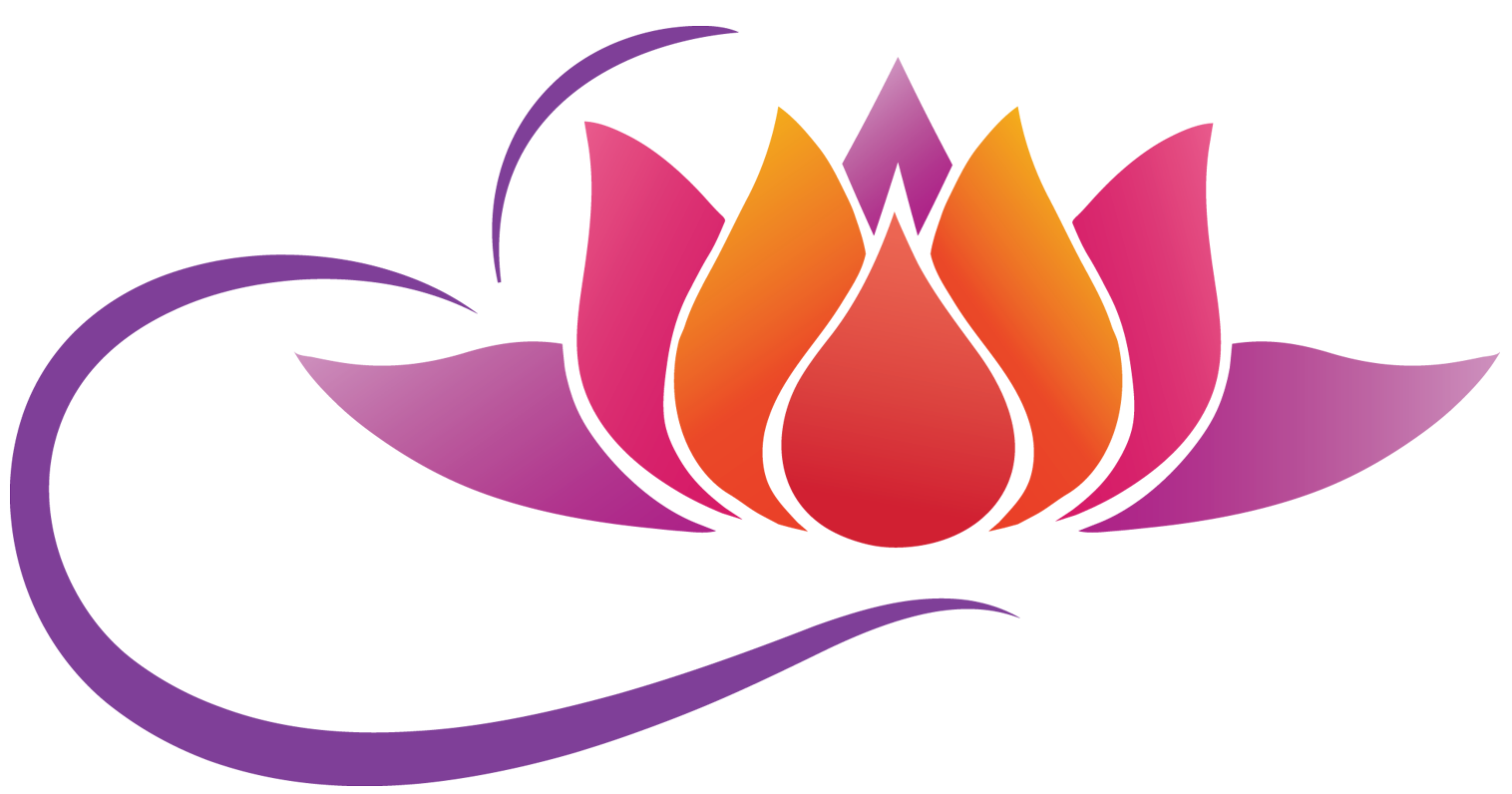Supporting peer reviewed papers and organizations that support the science behind sound baths:
Dignity Health Care St. Joseph’s Hospital & Medical Center Phoenix:
Sound Meditation
Dignity Health’s Lifestyle Management Program in Arizona offers sound meditation classes, a form of vibrational sound meditation, on the 1st and 3rd Thursdays of each month at the Dignity Health – Cancer Institute’s 4th floor lobby.
It’s common to fall asleep during a sound bath, but regular attendance can improve sleep quality overall.
What it is: Sound meditation, also known as a sound bath, involves using various instruments to create resonant frequencies that are believed to interact with the body’s energy centers, promoting relaxation, stress reduction, and healing.
Where and when: The classes are held at the Dignity Health – Cancer Institute in Phoenix, AZ, on the 4th floor lobby, on the 1st and 3rd Thursdays of each month.
Benefits: These sound baths are thought to help relax the body, mind, and spirit, encourage healing, and offer stress and anxiety relief.
How it works: The resonant frequencies produced by the instruments are believed to interact with the body’s energy centers, potentially shifting the nervous system from a “fight-or-flight” response to a state of rest.
Other sound bath information:
Sound baths are rooted in the idea that specific frequencies correspond to specific energy centers in the body.
Some people find that sound baths can improve sleep quality by lowering cortisol levels and increasing serotonin, which encourages the production of melatonin.
(ncbi.gov)
Effects of Singing Bowl Sound Meditation on Mood, Tension, and Well-being: An Observational Study:
Poor mood and elevated anxiety are linked to increased incidence of disease. This study examined the effects of sound meditation, specifically Tibetan singing bowl meditation, on mood, anxiety, pain, and spiritual well-being. Sixty-two women and men (mean age 49.7 years) participated. As compared with pre-meditation, following the sound meditation participants reported significantly less tension, anger, fatigue, and depressed mood (all Ps <.001).
Additionally, participants who were previously naïve to this type of meditation experienced a significantly greater reduction in tension compared with participants experienced in this meditation (P < .001). Feeling of spiritual well-being significantly increased across all participants (P < .001). Tibetan singing bowl meditation may be a feasible low-cost low technology intervention for reducing feelings of tension, anxiety, and depression, and increasing spiritual well-being. This meditation type may be especially useful in decreasing tension in individuals who have not previously practiced this form of meditation.
Eastern Integrative Medicine and Ancient Sound Healing Treatments for Stress: Recent Research Advances:
Eastern integrative medicine includes centuries-old practices and treatments which have quite recently garnered significant attention in Western society. Numerous traditional medicine techniques such as yoga, sound healing, Qigong, Tai Chi Chuan, and acupuncture have recently been studied in relation to their potential for reduction of human chronic stress, a widespread societal health problem. These ancient treatments present considerable potential for stress reduction globally. Thus, the present authors recommend that substantial resources be devoted to the study of these practices as potential tools for stress reduction and improvement in public health.
Traditional Sound Healing Techniques
Tibetan Singing Bowls
Tibetan, or Himalayan, singing bowl sound healing is another traditional and ancient healing method that has made a comeback in recent years. Tibetan singing bowls were utilized for centuries by monks in Tibet and Nepal for spiritual and healing ceremonies. These metal bowls are bell-like instruments that may be tapped or rubbed with a wooden mallet to produce a vibrational sound and effect. In recent years, the West has also discovered this technique as a promising treatment for stress. In fact, one observational study found that participants experiencing Tibetan singing bowl sound meditation had significant reductions in tension, anxiety, and depressed mood, and even had significant reduction in physical pain scores.56
While research in this area is currently in its infancy, it is quite promising. Additionally, heart rate variability was recently utilized to examine the relaxation effects of 7 Tibetan singing bowls, and a strong relaxation effect was discovered when these vibrational instruments were played.57
Singing Bowls and Brain Waves
Electroencephalogram (EEG) may be utilized as an effective measurement of various brain wave states, including deeply meditative or even trance-like states such as those associated with delta brain waves. One study used EEG technology to examine characteristics of various bands in the brains of participants after singing bowls were played. While various frequencies are emitted from singing bowls depending on several factors, including the size of the bowl, it was discovered by Ahn and colleagues that different bands (low frequency vs higher frequency) were associated with various energy levels and relaxation states, with the authors recommending further EEG research in this area.
Another EEG study examining singing bowls discovered a distinct change in delta brain waves–the brainwave state associated with deepest relaxation–utilizing singing bowls. The EEG is a promising device to study physiological changes in the brain due to singing bowl vibrations and its potential relaxation effect.
Singing Bowls: Theories of Underlying Mechanisms
The exact mechanism and reasons for the promising effects of singing bowl sound healings are currently unknown. However, hypotheses regarding these effects have included the following.
- Human brain waves: Brain waves may be significantly altered during sound healing. Thus, brain waves may change from a normal or even agitated state (such as beta waves), to an exceptionally relaxed brain wave state (such as theta or even delta waves), while listening to relaxing music or singing bowls (see Table).60-62
- Binaural beats: When a tone with a particular hertz level is played in one of the participant’s ears and a tone with a slightly different hertz level is played in the other ear, the brain entrains (or syncs) to the difference in hertz between the two tones. For example, if a 320 Hz tone is played in the left ear and a 315 Hz tone is played in the right ear, the brain entrains to 5 Hz (the difference between the two). This binaural beat phenomena may alter the subject’s brain waves and may be measured via EEG. However, results have been mixed regarding the effects of binaural beats on brain waves, especially in regard to small-scale pilot studies (see Figure).63-66
- The body’s biofield: It has been hypothesized that the human body has an energy field surrounding it.12,67 If this is the case, the vibrations of the instruments may be interacting with this biofield. In fact, Miles and True proposed that both Reiki healing and sound healing may have an effect of vibrational attuning of the body and its biofield.68
Harvard University, through its various departments and publications, explores the therapeutic benefits of music and sound, including sound healing and music therapy, highlighting their potential to improve well-being and address various health conditions.
Here’s a more detailed look at how Harvard approaches sound healing and music therapy:
Music as a Therapeutic Tool:
- Music Therapy:Harvard recognizes music therapy as a clinical and evidence-based approach to address therapeutic goals, using music interventions within a therapeutic relationship.
- Benefits of Music:Harvard research and publications explore how music can:
- Reduce stress and anxiety.
- Ease pain and improve pain management.
- Improve mood and reduce symptoms of depression.
- Enhance cognitive function and memory.
- Improve quality of life for individuals with various health conditions, including dementia.
- Aid in recovery from cardiac procedures, heart attacks, and strokes.
- Promote relaxation and a sense of calm.
- Help with tinnitus management.
- Sound Healing:Harvard explores the potential of sound healing, including the use of instruments like singing bowls, to promote relaxation and well-being.
- Harvard Resources:
- Harvard Health: Harvard Health publications, such as articles and blogs, provide information on the benefits of music and sound for health and well-being.
- Harvard Medical School: Harvard Medical School researchers and publications explore the neurological and physiological effects of music and sound.
- Harvard Gazette: The Harvard Gazette, Harvard University’s news publication, explores the impact of music on health and well-being.
- Harvard Medicine Magazine: Harvard Medicine Magazine delves into the science behind how music resonates in the brain.
- Music Lab: Harvard’s online Music Lab is a citizen-science project that explores how the human mind understands music.
- Examples of Harvard Research:
- A study found that listening to slow movements from Mozart piano sonatas reduced the need for sedation in ICU patients.
- Research suggests that sound and frequency can reduce stress and improve mood.
- Studies have shown that sound healing, including the use of singing bowls, can reduce tension, anxiety, and depressed moods.
Study reveals ways in which 40Hz sensory stimulation may preserve brain’s “white matter”
Early-stage trials in Alzheimer’s disease patients and studies in mouse models of the disease have suggested positive impacts on pathology and symptoms from exposure to light and sound presented at the “gamma” band frequency of 40 hertz (Hz). A new study zeroes in on how 40Hz sensory stimulation helps to sustain an essential process in which the signal-sending branches of neurons, called axons, are wrapped in a fatty insulation called myelin. Often called the brain’s “white matter,” myelin protects axons and insures better electrical signal transmission in brain circuits.
“Previous publications from our lab have mainly focused on neuronal protection,” says Li-Huei Tsai, Picower Professor in The Picower Institute for Learning and Memory and the Department of Brain and Cognitive Sciences at MIT and senior author of the new open-access study in Nature Communications. Tsai also leads MIT’s Aging Brain Initiative. “But this study shows that it’s not just the gray matter, but also the white matter that’s protected by this method.”

Princeton University offers “Sound Journey” events, a sound healing practice, led by Ruth Cunningham, a founding member of the vocal ensemble Anonymous 4, providing live music for meditation and introspection.
Here’s a more detailed look:
- What it is:“Sound Journey” is a sound healing practice that utilizes live music for meditation, contemplation, and prayer.
- Who leads it:Ruth Cunningham, a founding member of the vocal ensemble Anonymous 4 and a sound healing practitioner, leads these events.
- Where it happens:The events take place at the Princeton University Chapel.
- What to expect:Participants can expect to engage in a meditative experience through the use of composed and improvised music.
- Benefits:Sound healing is believed to promote relaxation, reduce stress, and enhance overall well-being.
- Princeton University’s Role:The “Sound Journey” events are part of the Princeton University Office of Religious Life’s initiatives, and are free to attend.
- Other related programs:Princeton University also has a “Breathe In Music: Meditation Program” which is a collaboration with the Princeton University Office of Religious Life.
Sound Healing Meditation
While there’s no specific, widely known “Yale University sound bath” program, Yale has a history of incorporating sound healing and related practices into its wellness initiatives and creative arts programs, including a 2021 CCAM Blended Reality Fellowship project that combined concert and sound bath elements. Yale University likely has wellness programs that may include or have included sound healing practices, meditation, or other activities that promote relaxation and well-being.
Specific Events and Projects:There have been instances of sound bath-related events or projects at Yale, such as the “Shadow Steps” project described as a combination of concert and sound bath. In 2021, Ilana Zaks, a violinist, participated in a CCAM Blended Reality Fellowship at Yale University, her work “Shadow Steps” was described as a combination of concert and sound bath.
Sound has an ancient kinship with meditation and healing. Sound healing has ancient roots in cultures all over the world, including Australian aboriginal tribes who used the didgeridoo as a sound healing instrument for over 40,000 years to ancient such as Tibetan or Himalayan singing bowl spiritual ceremonies. Sound meditation is a form of focused awareness type of meditation. One kind that has become more popular is called “sound baths,” which uses Tibetan singing bowls, quartz bowls, and bells to guide the listener. These practices highlight themes of how the experience of sound manifests not only through hearing but through tactile physical vibrations and frequencies.
Science is still catching up to understanding how sound heals, but the current research is promising. A review of 400 published scientific articles on music as medicine found strong evidence that music has mental and physical health benefits in improving mood and reducing stress. In fact, rhythm in particular (over melody) can provide physical pain relief.
A Psychologist Explores The Healing Power Of ‘Sound Baths’
A “sound bath” is a holistic wellness practice that involves immersing oneself in soothing sounds and vibrations produced by various instruments, such as singing bowls, gongs and chimes, each producing unique tones.
Participants are usually seated or lying down in a comfortable position, often with yoga mats and blankets, in a quiet and dimly lit space with closed eyes, allowing the resonant sounds to create a meditative and relaxing experience.
The facilitator may vary the intensity and frequencies of the sounds, creating a dynamic sonic landscape. The sound bath is designed to be a non-judgmental space where individuals can explore and process their feelings, fostering a sense of emotional well-being by harnessing the therapeutic power of sound waves that “wash” over the participants.
The Benefits Of Sound Baths
A 2022 study found that “singing-bowl” sound healing was associated with increases in spiritual well-being and a reduction in tension and depressed moods. Researchers suggest that these effects can be experienced even in a single session, especially for those who are completely new to the practice.
Another study in 2020 found that after a Himalayan singing bowl sound bath, participants displayed relaxation in their heart rates, stress levels and lower levels of anger, fatigue and confusion. Researchers suggest that sound baths are also safe, low-cost interventions for sleep disruptions, chronic pain and anxiety.
Here are four prevailing theories on why sound baths have healing effects, according to the researchers of the 2022 study.
- Brainwave states. Sound baths may elicit brainwave states where individuals experience deep relaxation and healing, especially in longer sessions. These states include “theta brainwaves,” which occur at 4-8 Hertz and in light stages of sleep, meditation or relaxation and “delta brainwaves,” occurring at less than 4 Hertz and in stages of deep sleep or meditation.
- Binaural beats. Binaural beats are an auditory phenomenon created by playing two slightly different frequencies in each ear. When the brain perceives these slightly different tones, it produces a third frequency known as the binaural beat, which can influence brainwave states. “For instance, if a sound of 20 hertz is played in the participant’s left ear and a 15 hertz sound is played in the right ear, the brain syncs or “entrains” to the difference between the two hertz levels. In this case, 20−15 = 5 hertz. This hertz level is equivalent to the Theta brainwave,” the researchers explain.
- Biofield. The biofield refers to an energy or electromagnetic field that is believed to surround and interact with the human body. This concept suggests that the interactions within this field may play a role in one’s overall health and well-being. “If this were the case, it would be possible for sound waves exiting the vibrational instruments to interact with the purported biofield and affect change in the biofield,” the researchers write.
- Vagus nerve activation. The vagus nerve, also known as the tenth cranial nerve, plays a pivotal role in regulating numerous involuntary bodily functions, including one’s heart rate, digestion and respiratory rate. Stimulating the vagus nerve is integral to activating the body’s relaxation response, as it can induce a state of calmness and counteract the “fight-or-flight” stress response. This nerve is a key player in maintaining overall physiological balance and well-being and research suggests that it may be activated during sound healing sessions, creating an optimal state for healing.








